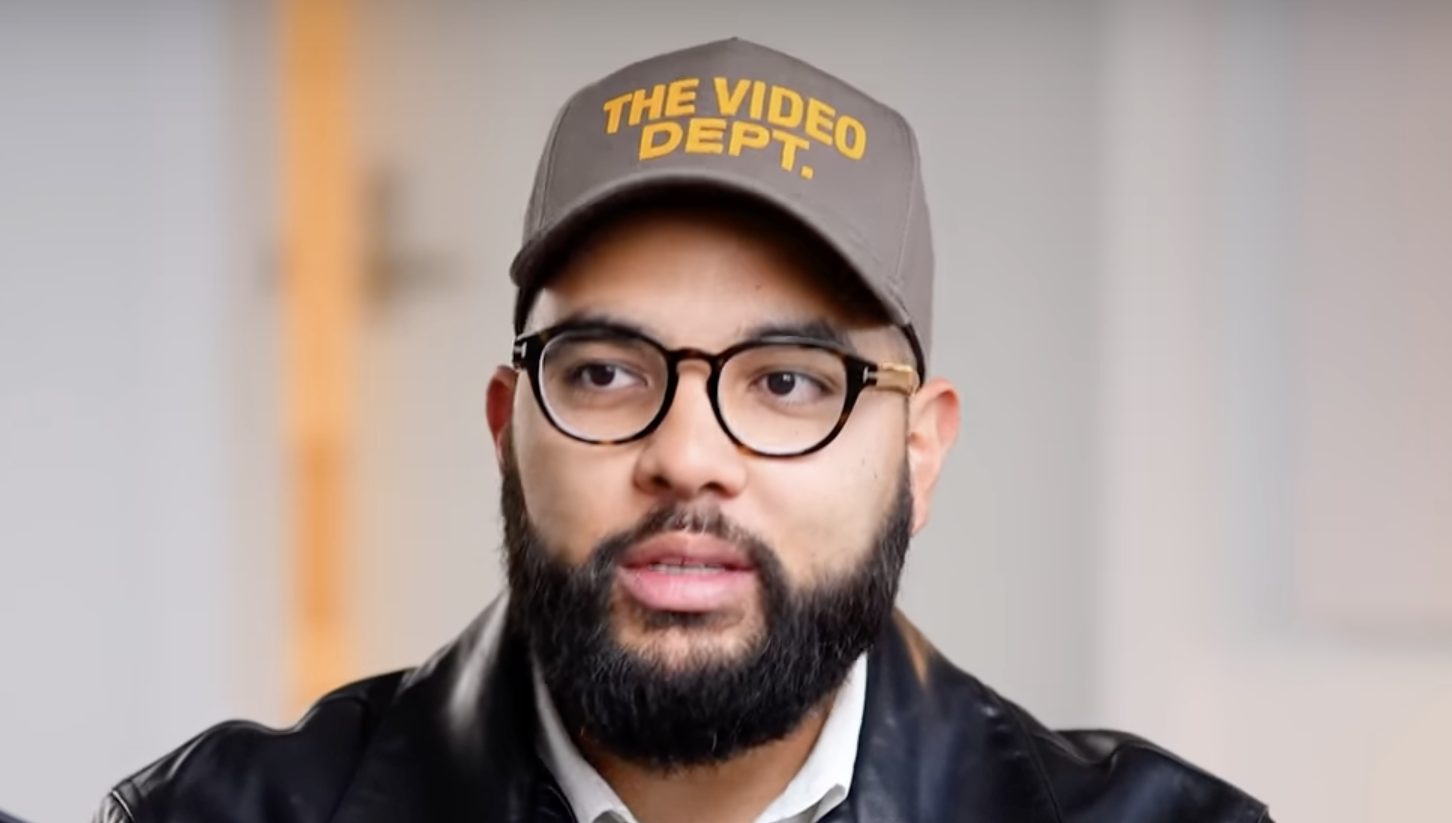If you’re creating content but not making good money online, you’re missing a crucial piece of the puzzle. Last year, I watched Omar Eltakrori generate over $150,000 from a single digital asset he only had to create once. The secret? A well-crafted webinar.
I recently watched David Simons, a webinar expert who has helped entrepreneurs collectively generate over $5 million in revenue. His insights confirmed what I’ve experienced firsthand: webinars remain one of the most powerful tools for monetizing your online presence, regardless of your niche or audience size.
The Webinar Misconception
Many content creators believe webinars are outdated or ineffective. Whenever I hosted one, I used to think I needed a new presentation because “everyone watched last week’s presentation.” This couldn’t be further from the truth.
The reality is that webinars have evolved, not disappeared. As David explained, “Webinars have evolved. You can’t just throw a bunch of pitches at people and think they will buy immediately. It’s got to be skillful, tactical, and helpful.”
What makes webinars so powerful is their ability to position you as an authority while allowing you to connect with your audience in an unedited, authentic way. Unlike highly produced content, webinars show the real you, building trust faster than any other medium.
The Parable Presentation Method
The key to effective webinars lies in what David calls the “Parable Presentation Method.” This approach focuses on storytelling to break down limiting beliefs that prevent people from taking action.
Here’s how it works:
- Start with a pain-focused title that creates curiosity (e.g., “5 Costly Mistakes Keeping You From Building a Profitable Personal Brand”)
- Address 5 key limiting beliefs through stories, not just facts
- Use three types of stories: success stories, mistake stories, and principle stories
- Transition smoothly to your offer after breaking down limiting beliefs
The brilliance of this method is that it speaks to different personality types. Success stories appeal to ambitious people, mistake stories connect with skeptical audiences, and principle stories resonate with logical thinkers.
“Stories sell, facts tell. If you’re able to tell a story, people are more receptive. It goes into their brain more easily than facts and figures.”
One critical mistake many creators make is overteaching. I once hosted a three-hour webinar where I taught everything I knew about video production. I had 500 people on the call, made a $2,000 offer, and sold exactly zero. Why? I overwhelmed my audience with too much information.
David wisely noted, “When you overteach, you overwhelm, and an overwhelmed person never makes a decision.”
From Webinar to Challenge: The Perfect Offer
What surprised me most was David’s recommendation to use webinars to sell challenges rather than courses. This approach works brilliantly because:
- The market expects a $1,000-$2,000 course offer from webinars
- When you instead offer a $200-$300 challenge with 5 days of live access to you, it feels like exceptional value
- Challenges naturally follow the “11-7-4 principle” that Google researched (11 interactions, 7 hours of content, 4 different channels)
This model has transformed my business. By using webinars to sell challenges, I’ve generated consistent income while building deeper relationships with my audience. The challenge model allows me to overserve rather than just overdeliver.
Getting People to Show Up
Of course, a webinar only works if people attend. The key factors for driving attendance include:
- Creating genuine curiosity about a problem they don’t think they can solve alone
- Implementing email and text reminders
- Adding calendar invites with clear information
- Providing value before the webinar (guides, communities, etc.)
- Using the law of reciprocity to encourage attendance
Both organic and paid promotion can work effectively. Include your webinar link in your social media bios, YouTube descriptions, and email signatures for organic reach. For paid advertising, focus on exposing the pain points your webinar will address.
As David explained, “Pain is now, pleasure is then.” People act quickly to solve immediate pain, so pain-focused marketing works so well for webinars.
The Trust Hierarchy
Perhaps the most valuable insight from our conversation was understanding the “trust hierarchy” in online business. According to David, trust builds in this order:
- Text (lowest trust)
- Pictures
- Recorded audio
- Live audio
- Recorded video
- Live video (highest trust)
This explains why webinars convert so well—they leverage the highest form of online trust through live video. You can’t fake authenticity when you’re live.
When I hit 10,000 followers on Instagram, I made a big announcement about a photography course I created. Despite all the hype, I made just one sale—to someone who already knew me personally. Had I used a webinar to build trust first, the results would have been dramatically different.
The truth is, business happens at the speed of trust. Webinars accelerate that trust-building process, making them the ultimate tool for monetizing your content.
You’re leaving money on the table if you’re not using webinars to convert your audience into customers. It’s that simple. Start with one solid presentation, focus on breaking limiting beliefs through stories, and watch as your content finally starts generating the income you deserve.
Frequently Asked Questions
Q: Do I need a large following to make webinars work?
No, webinars can be effective regardless of your audience size. The key is addressing specific pain points and breaking limiting beliefs through storytelling. Even with a small but engaged audience, you can generate significant revenue if your webinar addresses a real problem they’re facing.
Q: How often should I run my webinar?
You can run the same webinar repeatedly. As Russell Brunson says, “If you do a webinar a week for one year, you will never have to worry about money for the rest of your life.” Once you’ve created a successful webinar, you can run it weekly, monthly, or whenever it fits your schedule. The content stays the same, though you may make small tweaks to improve conversion over time.
Q: What’s the ideal length for an effective webinar?
Most successful webinars run between 60-90 minutes. This gives you enough time to address limiting beliefs through stories without overwhelming your audience. Remember that the goal isn’t to teach everything you know but to break down barriers that prevent people from taking the next step with you.
Q: Should I sell high-ticket or low-ticket offers through webinars?
While webinars can sell offers at any price point, the challenge model (selling a $200-$300 5-day challenge) often works exceptionally well. This approach exceeds audience expectations (who typically expect a $1,000+ course offer) and creates a deeper relationship that can lead to higher-ticket sales later. The challenge model also naturally builds trust through multiple touchpoints.
Q: How do I know if my webinar content is effective?
The ultimate measure is conversion rate. If people aren’t buying, you likely haven’t addressed their limiting beliefs effectively. Pay attention to engagement during the webinar, questions asked, and feedback received. If you’re overteaching and overwhelming your audience, simplify your content and focus more on storytelling that breaks down barriers to action.







